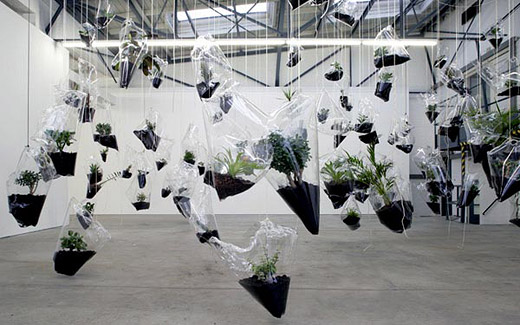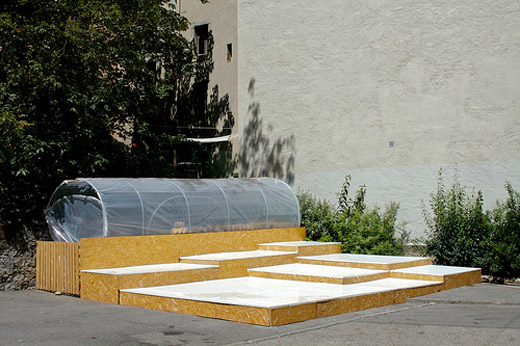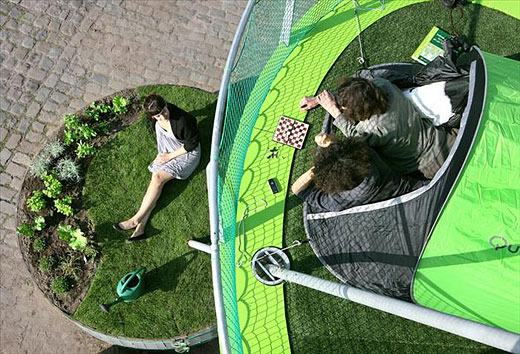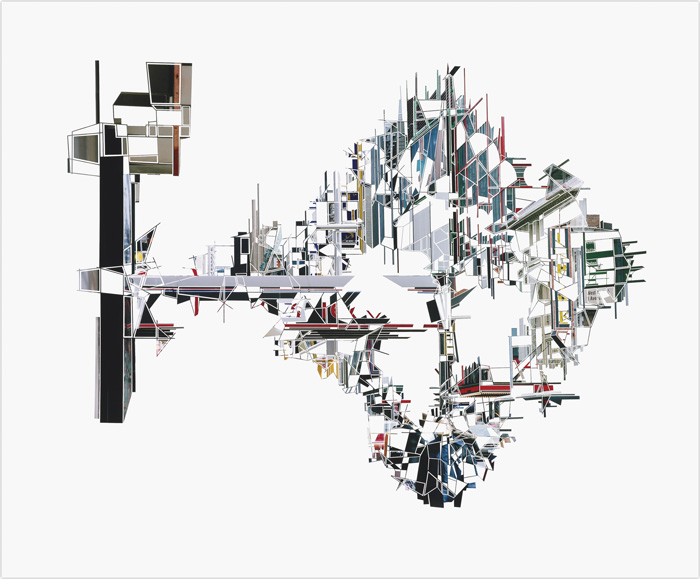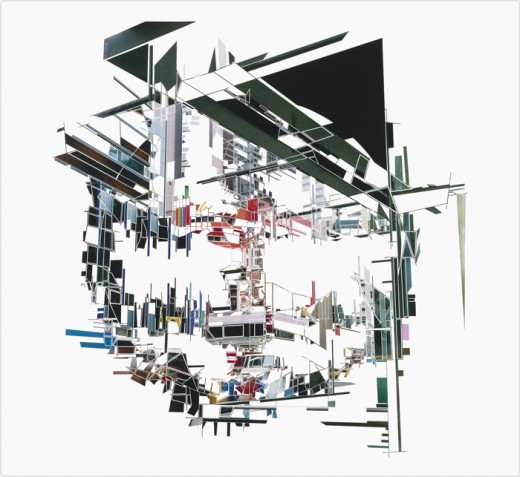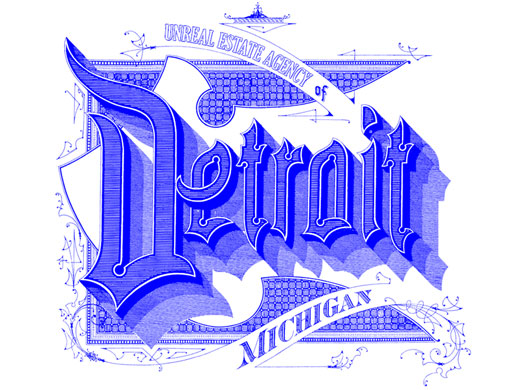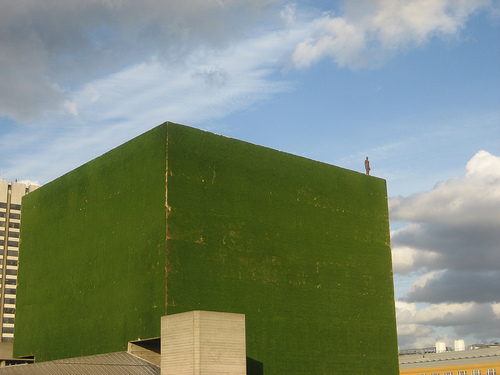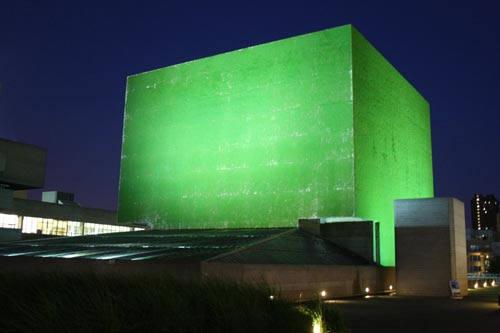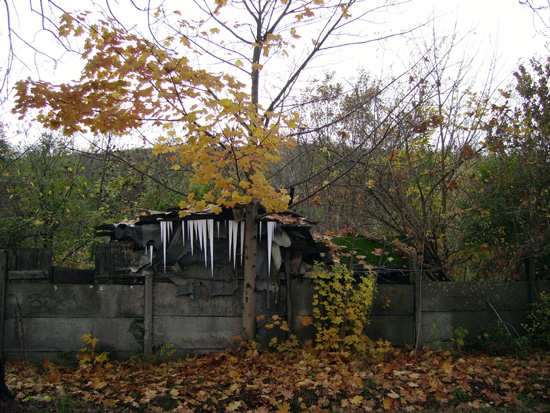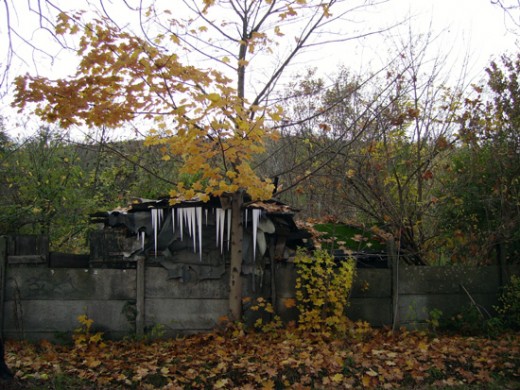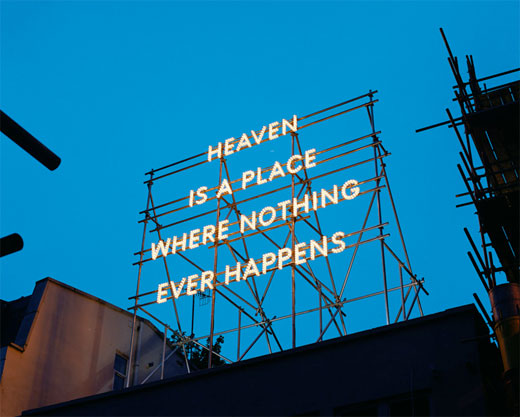
Nathan Coley – Heaven Is a Place Where Nothing Ever Happens (2008)
Since one of the recurring project ideas for BCL has been to “send a message to Detroit” (though this particular wording sounds decidedly menacing, which is hilarious and probably unintentional), and since one of the ideas for accomplishing this was to build a lighted sign that would be visible across the Detroit River, I thought it might be appropriate to bring Glaswegian artist Nathan Coley into the discussion.
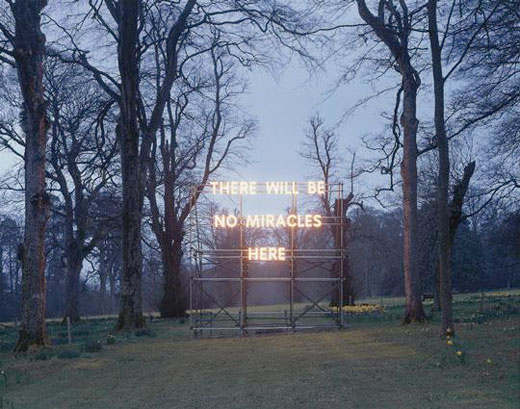
Nathan Coley – There Will Be No Miracles Here (2006)
Coley is perhaps best known for his incandescent light signs, such as these, and, while the tenor of his work is decidedly more dour than much of what the Lab sets out to do, his work does bring to bear certain issues that might be of interest. In particular, his work explores the ways in which modes of public address—particularly architecture—constitute articulations of collective desire and belief, the “values” of a place. Coley himself has a particular chip on his shoulder re: organized religion (which I, for one, appreciate), but some of the issues he works through might be more broadly-applicable, just the same.
If Broken City means to “disrupt and engage the city,” it’s important first to have a sense of what values are embodied in the existing structures and infrastructure of that city. I’m quite sure I’ve spent a good deal less time thinking about this than many of the other people here, but, so far as I can tell, Windsor’s public front would seem to suggest a firm conviction in the redemptive potential of (1) the automobile, (2) the Casino, (3) trans-border truck traffic, and (4) massage parlors. It’s not quite the historical God and country business that Coley contends with, but I don’t see any reason why the tactics he employs couldn’t be as well-suited to the interrogation of a strip mall as they are to places of worship, etc.
Anyway, this interview, given on the occasion of his nomination for the 2007 Turner Prize, is definitely worth a look, as are pieces like this one from 2006 where he makes use of dazzle camouflage (a geometric camouflage pattern developed in Britain by artist Norman Wilkinson and used extensively during World War I).
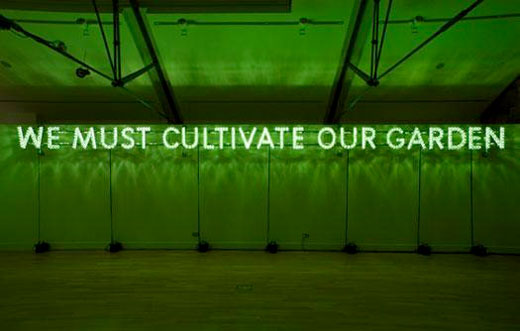
Nathan Coley – We Must Cultivate Our Garden (2007)
